c. Barbaiana – Saint Anthony Bonfire
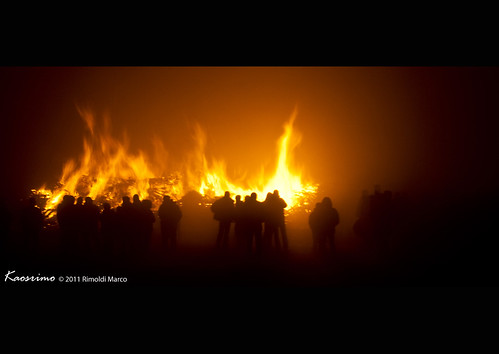
| Come ogni anno la sera del 17 gennaio il paese si ritrova intorno al Falò di Sant’Antonio. Si tratta di un antica tradizione lombarda. Osservando l’inclinazione del fumo del falò, i contadini erano in grado di predire se il raccolto dell’anno che deve venire sarà più o meno abbondante. | Every year the 17th of January night, town’s people gather around St. Anthony's bonfire. It is an ancient Lombardy tradition. Observing the slope of the smoke from the fire, the farmers were able to predict whether the year to come harvest would be abundant or not. |
 | 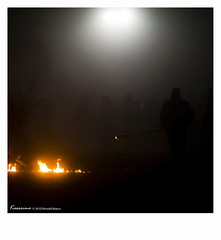 |
| Sant’Antonio Abate è chiamato anche Sant’Antonio di “Purscell” nella zona del milanese e Sant’Antonio di “Guggin” in quella del mantovano. Il significato è lo stesso: Sant’Antonio dei maialini. Questa data infatti segna l’ultimo giorno in cui tradizionalmente era possibile uccidere i maiale e trattarne le carni per fare i salumi da far maturare nelle cantine fresche ed areate. | Saint Anthony is also called St. Anthony of "Purscell" in the area of Milan and St. Anthony of "Guggin" in the province of Mantua. The meaning is the same: St. Anthony of piglets. In fact, this date marks the last day when traditionally it is possible to kill the pig and process the meat to make salamis to be matured in the cool and airy cellars. |
| Sant’Antonio è anche il protettore delle ragazze che vogliono sposarsi e in tutte le province lombarde, a seconda della tradizione locale, vi è una diversa preghiera da recitare intorno al falò di Sant’Antonio, con cui si chiede un marito, piuttosto che un buon raccolto e l’abbondanza in casa. Vi è anche una invocazione a Sant’Antonio che serve a far ritrovare gli oggetti smarriti.“Sant’Antoni da la barba bianca, fam trouvà ch’el ca ma manca” | St. Anthony is the patron of girls who want to marry and in all provinces of Lombardy, according to local tradition, there is a different prayer to be recited around the St. Anthony bonfire, with which asks a husband rather than a good harvest and abundance in the house. There is also a prayer to St. Anthony, which serves to find lost items. "Sant’Antoni da la barba bianca, fam trouvà ch’el ca ma manca" (St. Anthony with the white beard, let me find what I lost). |
| Si ritiene inoltre che il falò serva a bruciare la barba dell’inverno, salutando la fine ormai prossima dell'inverno e il ritorno imminente della bella stagione, con le giornate che iniziano ad allungarsi. Una festa, dunque, di origini antichissime, festeggiare la quale significava e significa, ogni anno, scatenare le forze positive e sconfiggere il male e le malattie sempre in agguato. Una festa di buon auspicio per il futuro e all'insegna dell'allegria: in passato, ma anche oggi. | It is also believed that the fire is used to burn the beard of the winter, welcoming the imminent end of winter and the return of spring, with the days starting to lengthen. An ancient origin party, which meant and means to celebrate each year, unleashing the good forces and defeat evil and disease. A good omen party: in the past but also today. |
| Intorno al fuoco infatti solitamente si beve il vin brulè e si mangia una salamella in compagnia. | Around the fire people usually drink mulled wine and eat sausages all together. |

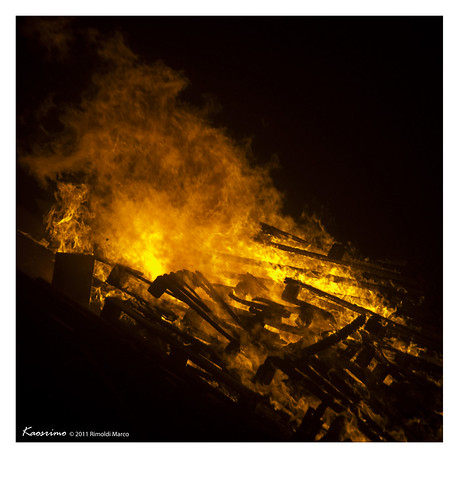


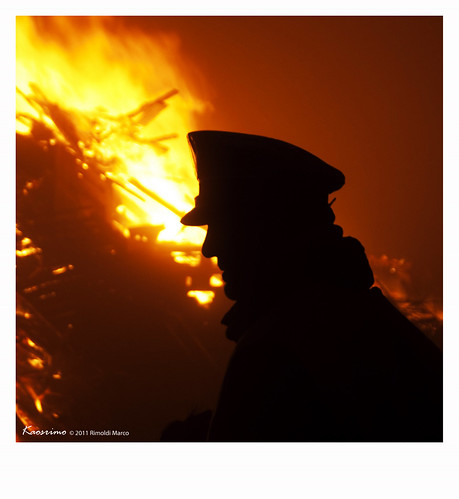
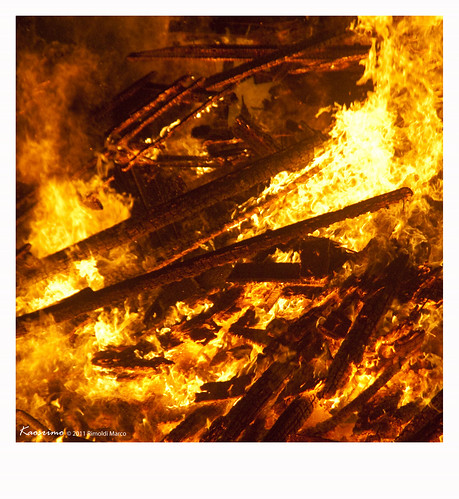
Nessun commento:
Posta un commento